10 crucial tips on how to swim in the open sea
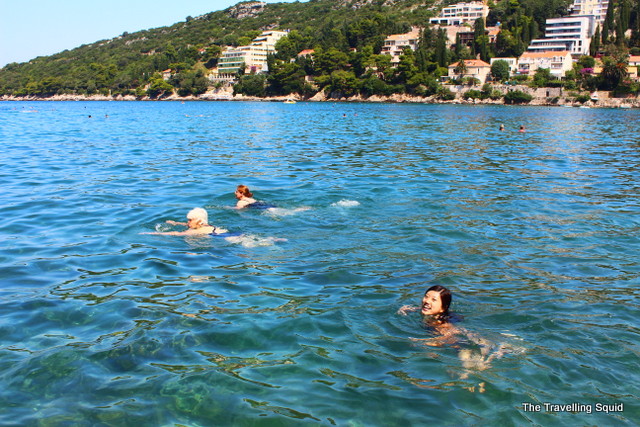
This post is for all the swimmers out there, whose swimming experiences are limited to that of the pool, or the calm waters of the man-made Sentosa Beach in Singapore. As I would learn from my recent ‘stint’ at Croatia’s Lapad Beach, swimming in the sea and in the pool is a wholly different experience.
At the Lapad Beach in Croatia, I wasn’t even facing the open sea. I had taken a dip at a little cove which was shielded from direct currents and strong waves due to the curve of the shoreline.
I would also like to think of myself as a strong swimmer, having done lap swimming every week for 2-3 years of my life. But I was not prepared for the elements of nature. The slimy seabed, the salt water which stung my eyes a little, and the little currents, which threw me off a little.
Therefore, I have compiled a list of 10 crucial tips on how to swim in the open sea. Hope you find them useful.
1. Bring a pair of goggles
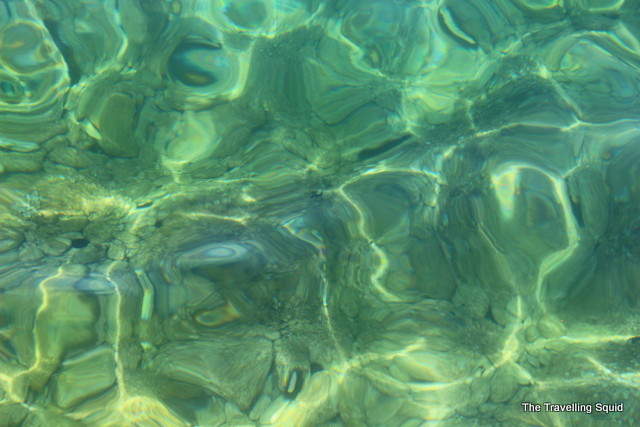
Unlike Singapore seas, sea water overseas can be very clear, and it would be best to bring a pair of goggles along with you to enjoy the view. That was my biggest regret as the only style I could do was a doggy-paddle in the Adriatic Sea. I had no means of submerging my head to see what was in the water around me. With a pair of goggles, it would be akin to snorkeling, only that you would have to come up for breath more often.
2. Find a good spot to enter the water
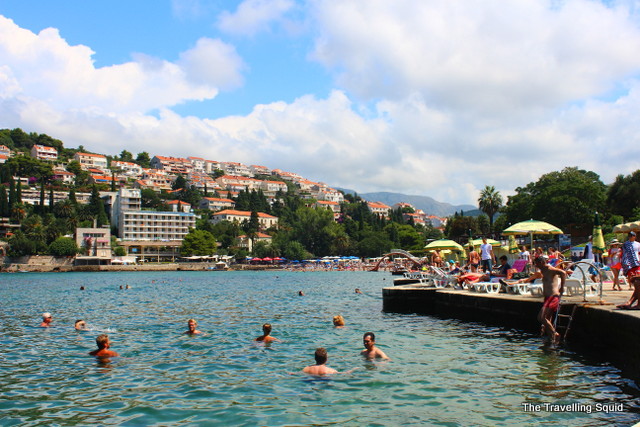
From what I have learnt, there are treacherous places to enter even the most peaceful and calm little cove. Rocks are one of them. A misguided step and you’ll find yourself with a stubbed toe or a twisted ankle. A trick is to go slow and follow the crowd. Observe your surroundings. Identify locations where people enter the sea. Adopt the same posture as they enter if need be. The ladder in the picture brought swimmers right to a shallow point with flat rocks. Which leads me to the next point.
3. Look out for rocks on the seabed
Finding the seabed is always comforting, but look out for the rocks which lie underneath. Most of the time, they are covered with algae and this makes them dangerous surfaces to tread on. In addition, some of them can be really spikey and hurt your feet if you’re not aware.
4. Find a suitable place to rest your feet, with your head above water

Locating such a place is important, as you cannot be treading water/ swimming for a long space of time. It acts as an important resting place should exigencies occur, such as a headache or a leg cramp.
5. Test your limits
It’s one thing to swim in a pool, and another to swim in the sea. Just because that hunky Caucasian dude can swim to the furthest ends of the sea does not mean you can too, even though you’re a really good swimmer. If you have to go far, take multiple trips to test your limits. Also watch out for unexpected circumstances, such as huge waves and strong currents.
Take it slow and make several familiarisation trips before going for your ultimate goal.
6. Be conscious of the current
Unlike swimming in pools, it’s difficult to identify the direction of currents, especially when you’re new to swimming in the sea. If you feel a strong resistance in the direction you’re swimming in, take the effort to swim harder. Otherwise, go with the current and see how it can get you back to shore.
7. Avoid getting in alone
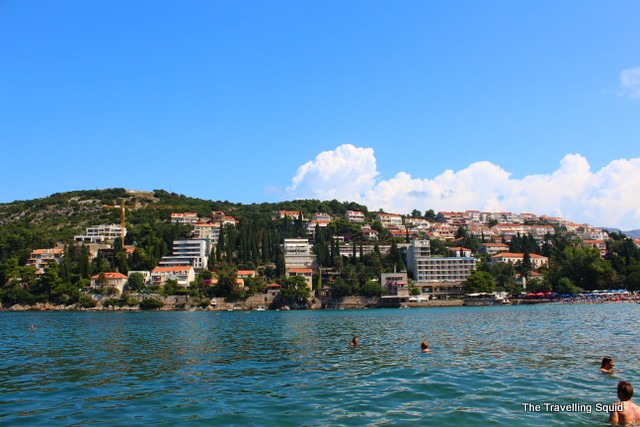
It is always good to have someone, or a group of people swimming next to you. If you need help, at least some good Samaritans would be able to lend a helping hand.
8. Look out for warning signs and be conscious of your surroundings
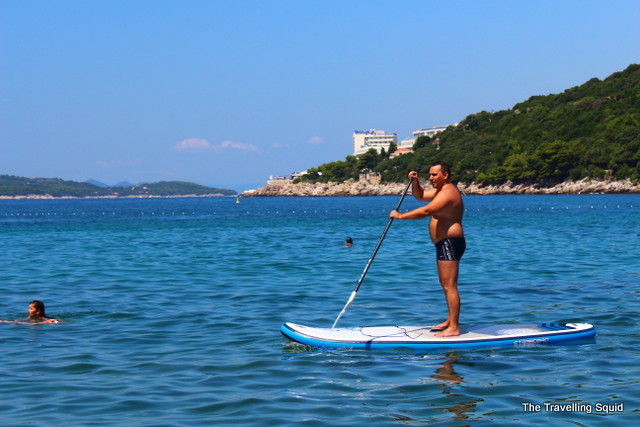
In my experience, there are pockets of crowded beaches with no swimmers or people sun-tanning. This could be due to the presence of jellyfish/ strong currents, or a mix of both. Therefore, if no one is sun-tanning at particular portion of a crowded beach, chances are there could be some wicked jellyfish lying around. Also be conscious of your surroundings. You don’t want a whack on the head with a kayaking oar.
9. Stony beaches are better for swimming
While no sandcastles can be made, I very much prefer stony beaches for swimming. No sand gets into your shoes and the water is usually much clearer. One just has to be careful of pointy stones when entering.
10. Go with the flow, relax and enjoy.
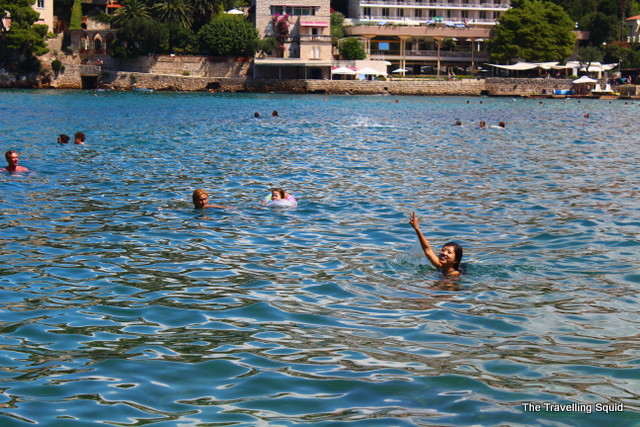
A trick to handle waves is to go with the flow. You may find it a tad annoying to have waves ‘lick’ your face from time to time. But go with the rhythm of the sea and you’ll feel much better.
Avoid setting hard targets when swimming in the sea. Eradicate all thoughts of ‘I must swim faster than this hunky dude next to me’, or ‘I must go as far as I can’.
Float on your back, enjoy the bright blue sky as the waves lift you along. It’s an art to be able to let the forces of nature take you where ever they may deem fit.

The Travelling Squid’s Take
I found swimming in the sea to be a very charming activity. Perhaps it was the clear, cool waters of Croatia’s Lapad Beach which attracted me. Or maybe it was the confluence of so many external factors, such as the movement of currents and buoyancy of waves which make swimming in the sea much more interesting than lap swimming in the pool.
Therefore, I urge you my dear reader. If you find yourself right next to the edge of an inviting pool of clear spring water, jump right in. 🙂
Take the necessary precautions of course.





